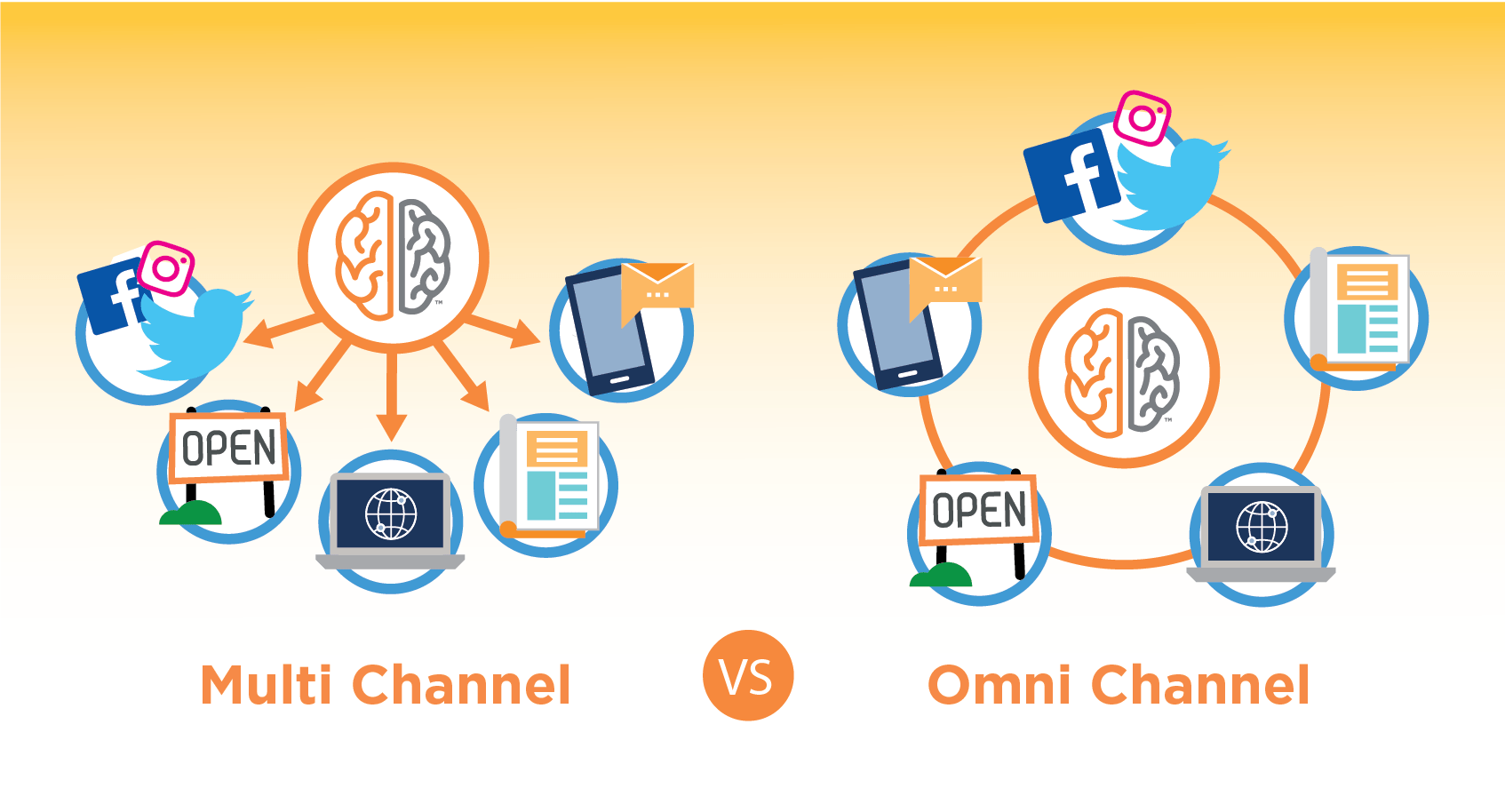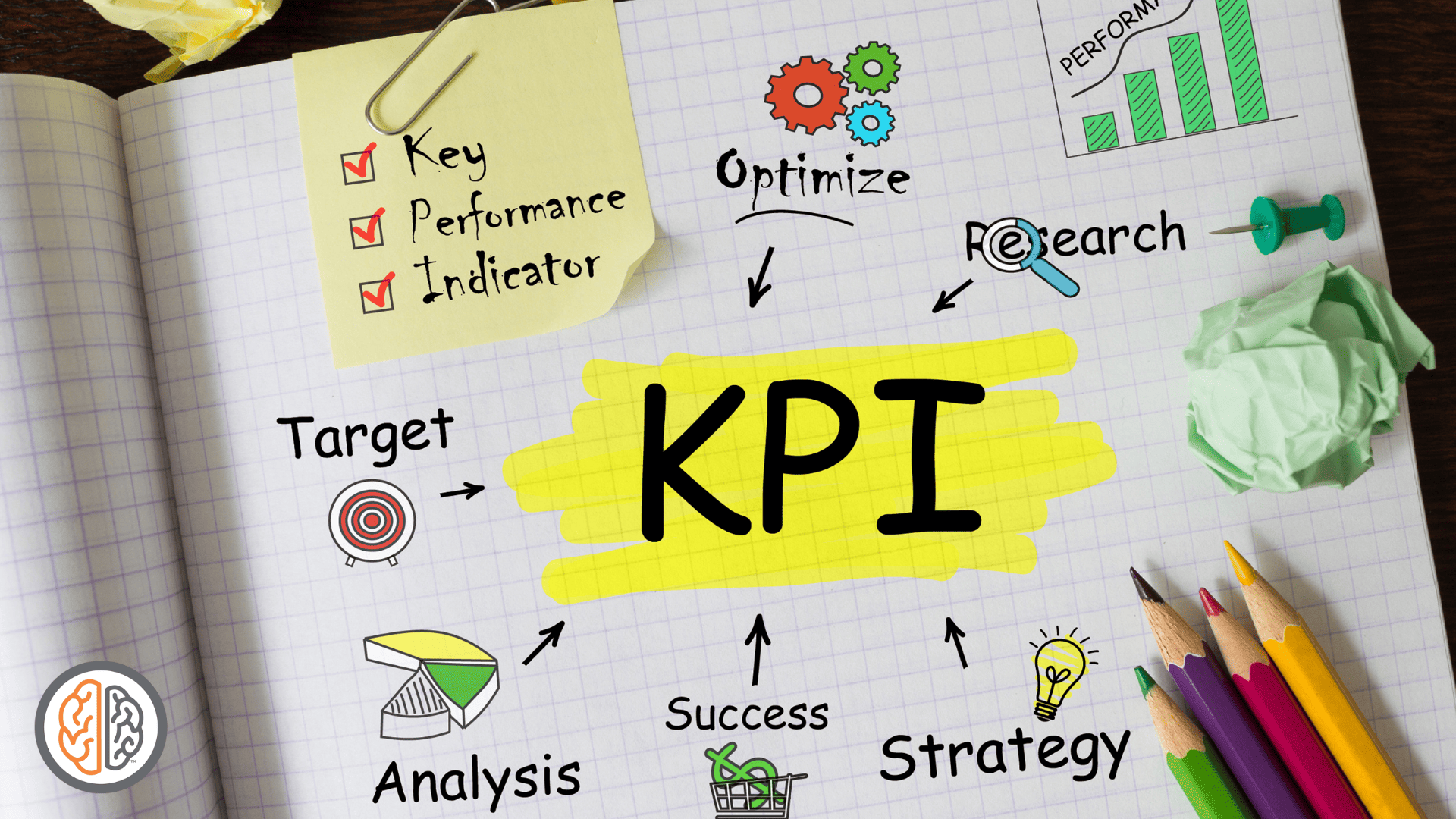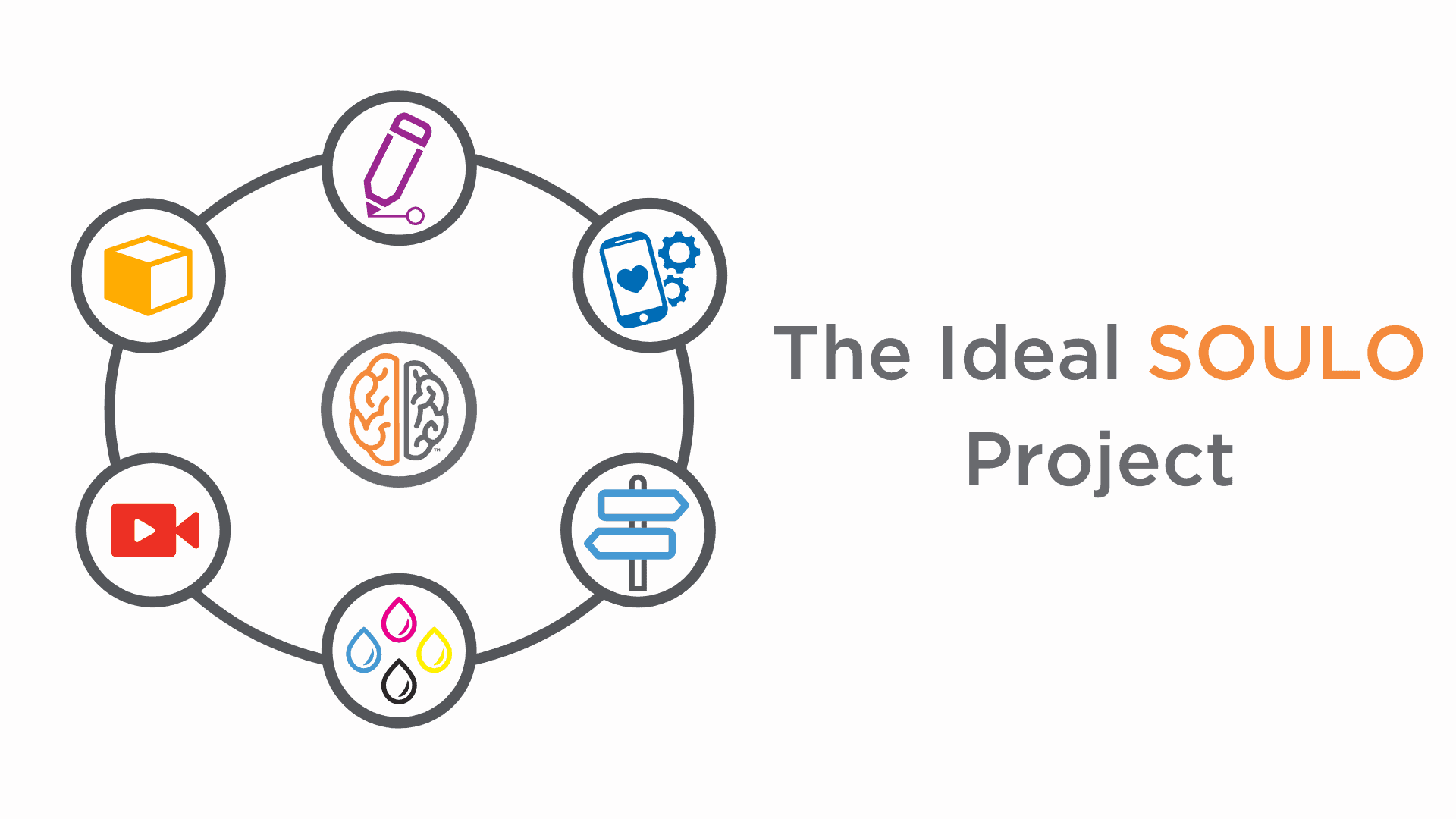The Important Differences between Omni-Channel Marketing and Multi-Channel Marketing
Omni-channel marketing has been a hot marketing concept for several years. It is often mistaken for multi-channel marketing and the terms are used interchangeably, but they are very different.
Omni-channel communications focus on delivering consistent, personalized messages across all marketing channels, whether digital or traditional media, with the goal of creating a seamless customer experience regardless of channel or device. Omni-channel marketing is consumer based, not channel-based, and the marketer’s message is consistent regardless of how the customer chooses to connect.
This message consistency is incredibly important in today’s complex media world.
The consumer journey is non-linear, so there are multiple paths from awareness to consideration to purchase.
Consumers encounter and experience your brand at multiple touchpoints. A 2018 Google study* analyzed clickstream data for a large panel of consumers and revealed that the consumer journey varied widely depending on the category, from 20 different touch points for a candy bar to over 500 for a seat on an airplane. Mobile devices have become must-haves for pre-buy research, in-store comparison shopping, access to reviews, and sharing with one’s “tribe”. Studies have found that over one-third of online purchases span several devices and that digital devices now influence a majority of in-store sales.
Omni-channel behavior means both message and visual consistency.
How consumers experience your brand’s logo as a thumbnail on a digital device is a different emotional experience from seeing it across the field in a sports arena while cheering on your favorite baseball team. Smart marketers put the rigor into understanding how consumers experience the channels differently and plan accordingly.
Multi-channel marketing is different.
The strategy here is to leverage the individual characteristics of each channel to amplify your brand and drive sales: Utilizing shopper marketing tactics in traditional brick ’n’ mortar stores, having a robust digital marketing program, engaging on social media platforms, or reaching consumers at home with direct mail -- every channel brings unique benefits and requires its own objectives and strategic plans.
Shopper marketing programs typically activate a purchase when the consumer is further down the purchase funnel and ready to buy. The in-store marketing channel often brings an engaging shopping experience as well, with many consumers looking forward to the seasonal displays or new products.
Social media marketing builds brands by creating affinity and building a relationship, as well as offering promotional opportunities. It’s the forum to drive “talk value” for your brand, the coveted word-of-mouth that becomes key brand equity.
Direct mail offers a more detailed education opportunity to consumers as well as having a higher EQ - Emotional Quotient. People get fewer direct mail pieces than emails, for example, and look forward to the mail each day. Studies show that a piece of direct mail is often in the home for over two weeks and is glanced at multiple times.
The opportunity to build brands and drive sales with digital/mobile marketing is highly proven, with a breadth of different tactics and more being launched each day. The immediacy of the medium makes it uniquely suited to flash sales or deals. Digital offers vibrant visual sight-and-sound engagement, so it also has an unique ability to build emotional connections to your brand, and emotion is what drives long-term brand loyalty.
Thinking through a good multi-marketing channel plan requires that one keep the channel strengths top of mind while also maintaining a consistent brand voice. However, because each channel has its own objectives, a lack of messaging and visual integration could create a confusing experience for customers.
Omni-channel marketing originally focused on business to consumer(B2C) marketing but is now pervasive in business to business communications(B2B) as well. Buyers are also consumers and want the same level of interactions in their professional buying experiences that they experience in their personal shopping. And the convenience of online buying is compelling:
The 2019 B2B Buying Process Report found that:
- One-third of B2B buyers in 2019 wanted to buy 90% of all their professional purchases online.
- Most B2B buyers will only seek offline help when the online experience is full of friction.
- In the U.S., only 1% of B2B customers want to buy offline only.
- This is the new reality for brands as they plan their marketing campaigns. The need is paramount: think through the messaging consistency mandates of omni-channel marketing while leveraging the strategic imperatives, differences, and opportunities of multi-channel marketing.
- Both are important to building brands and driving sales success.
No one ever said that marketing was easy!
(Source: *Google partnered with Verto Analytics to analyze the consumer opt-in Verto Smart Cross-Device.Audience Measurement Panel for click-stream data of n=2,989 individuals over a period of 6 months. Google/Verto, Journey Finder, U.S., Sept. 2017 - Feb. 2018, n=2,989 A18+)






